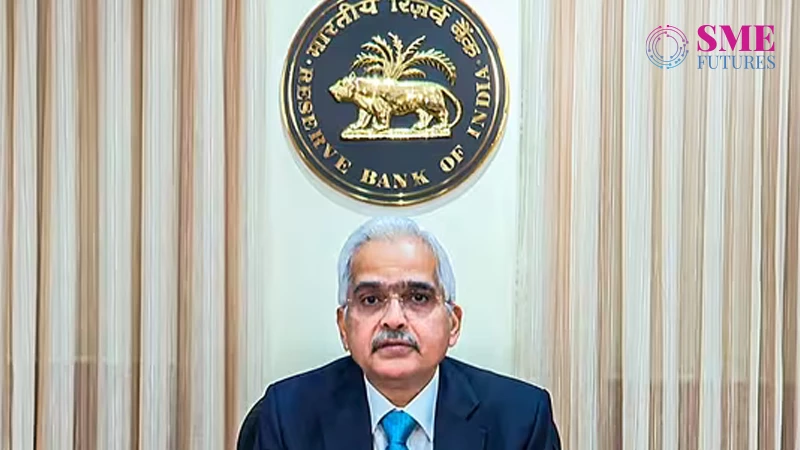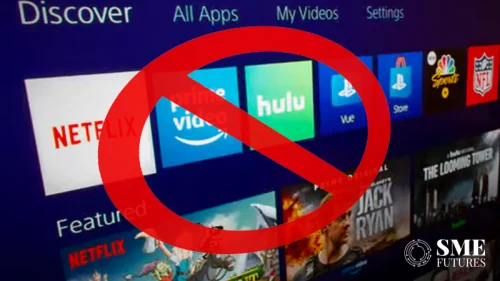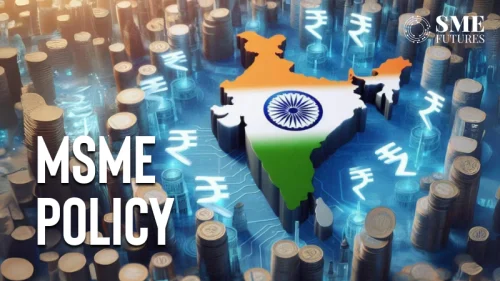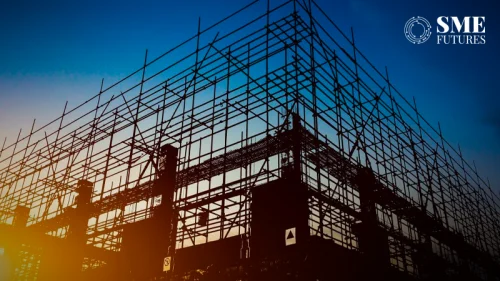The Reserve Bank of India (RBI) announced its decision to keep the repo rate steady at 6.5 per cent during the latest Monetary Policy Committee (MPC) meeting on October 9. This marks the tenth consecutive time the central bank has maintained the rate, with five out of six MPC members supporting the move. While this decision may have disappointed those hoping for a rate cut, the RBI’s cautious and strategic approach aims to balance inflation control with sustainable economic growth.
A shift to a neutral stance
In a significant move, RBI Governor Shaktikanta Das highlighted a shift in the central bank’s monetary policy stance from a “withdrawal of accommodation” to a more neutral approach. The neutral stance reflects the RBI’s desire to keep inflation in check while simultaneously fostering economic expansion. Das stated, “The MPC has decided to change the stance of monetary policy to neutral while remaining unambiguously focused on a durable alignment of inflation with the target, alongside supporting growth.”
This change offers the RBI more flexibility to respond to both inflationary pressures and growth needs in the future. It also signals that while inflation has been managed well in recent months, the RBI is preparing to act swiftly if the global or domestic economic situation changes.
Inflation control and global uncertainties
One of the main reasons for the RBI’s decision to hold the rate is inflation. Although India’s headline inflation, measured by the Consumer Price Index (CPI), eased to 3.65 per cent in August—comfortably within the RBI’s target range of 2-6 per cent—food inflation remains elevated at 5.65 per cent. Additionally, rising global crude oil prices due to geopolitical tensions in West Asia have further compounded inflationary risks. These uncertainties prompted the RBI to tread carefully.
Suman Chowdhury, Chief Economist and Executive Director at Acuité Ratings & Research, agrees with the RBI’s cautious approach. “The fear of the inflation ‘elephant’ may have subsided with the CPI headline print well within 4.0 per cent over the last two months and a favorable monsoon but concerns around the stability of food inflation still linger among policymakers,” Chowdhury explained.
Chowdhury further added that the conflict in West Asia and potential spikes in global oil prices add to the inflation risks, making it difficult for the RBI to cut rates just yet. “We expect the RBI-MPC to opt for a ‘wait and watch’ mode till Dec’24 or even longer till Feb’25 if inflationary expectations don’t settle down,” he noted.
Stable borrowing costs provide confidence
Vaidyanathan Srinivasan, Operating Partner at Essar Capital, welcomed the RBI’s decision, noting the benefits for long-term business planning. “The RBI’s decision to maintain the repo rate at 6.5 per cent for the tenth consecutive time reflects a cautious approach to managing inflationary pressures while ensuring economic stability. A steady rate helps businesses like ours plan capital deployment better by fostering long-term growth and investment opportunities,” he said.
He added that for sectors like infrastructure and energy, stable borrowing costs are essential for financing large-scale projects and sustaining development.
Housing market: A silver lining
The RBI’s decision to hold the repo rate has positive implications for the housing market, particularly with the festive season approaching. Anuj Puri, Chairman of ANAROCK Group, commented on how this move will benefit homebuyers: “The relatively affordable home loan interest rate regime will continue at a critical time for the Indian housing market—the festive season—amid rising housing prices and tapered sales.”
Puri noted that while a rate cut would have been preferable, the unchanged repo rate ensures that home loan EMIs remain manageable for buyers, potentially boosting housing sales in the festive quarter. “This year’s festive quarter may see similar demand to that seen in this period a year ago, if not higher. Unchanged interest rates will play an important role in achieving and maintaining this momentum,” Puri added.
What’s next for the RBI?
The RBI has made it clear that it is prepared to act if inflationary pressures ease further, hinting that a rate cut could be on the horizon. Chowdhury mentioned that if inflation stabilizes and Q2 GDP data shows a slowdown in growth, there is a strong possibility of a rate cut by December 2024 or February 2025.
“The MPC has not provided any clear guidance on the rate cuts, but it is likely that it will go for a rate cut in Dec’24 or Feb’25, provided the inflationary environment is stable and the headline inflation is consistently within 4.5 per cent in the next few months,” Chowdhury explained.
NBFCs under watch
One notable takeaway from the MPC’s statement was the warning to the Non-Banking Financial Company (NBFC) sector. Chowdhury pointed out that the RBI flagged aggressive growth in some asset classes among NBFCs, especially in microfinance, which could pose financial stability risks. This could lead to banks being more cautious in lending to NBFCs, potentially slowing credit growth in the near term.
The RBI’s decision to keep the repo rate unchanged at 6.5 per cent reflects a cautious but strategic balancing act. With inflation risks still looming and global uncertainties persisting, the central bank has opted for a “neutral” stance to allow for flexibility in responding to both inflationary pressures and growth needs. While a rate cut is not off the table, it will likely hinge on how inflation behaves over the coming months and how external factors, such as global oil prices, evolve.
For now, homebuyers can breathe a sigh of relief as home loan rates remain steady, providing much-needed support for the housing market during the festive season.











